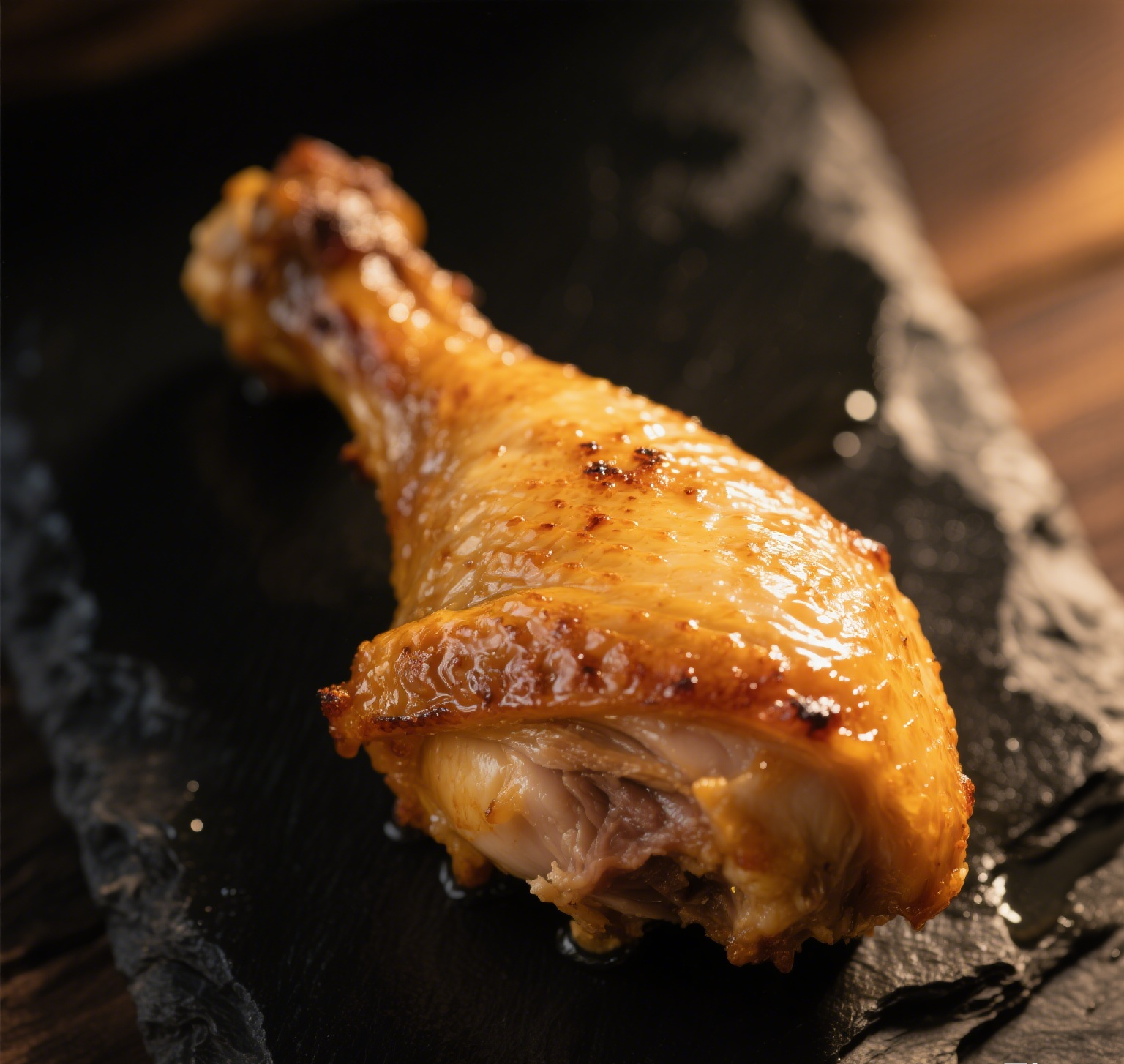Physical Address
304 North Cardinal St.
Dorchester Center, MA 02124
Physical Address
304 North Cardinal St.
Dorchester Center, MA 02124
The Juicy Truth Behind Everyone’s Favorite Comfort Food
Let’s talk about chicken legs—the culinary underdogs that have been unfairly judged for decades. While chicken breasts hog the spotlight (and the protein powder ads), chicken legs are over here doing squats in the corner, quietly proving they’re the MVP of flavor and nutrition. But are they actually healthy? Buckle up, because we’re about to debunk myths, crunch numbers, and rescue chicken legs from their “guilty pleasure” reputation. Spoiler: Your taste buds and your body will thank you.

First, let’s define our star player. A “chicken leg” is actually two cuts in one: the drumstick (the lower part, shaped like, well, a drumstick) and the thigh (the upper, juicier cousin). Together, they’re like the dynamic duo of dark meat—packed with flavor, affordable, and nearly impossible to overcook. But let’s cut to the chase: Are they healthy?
The short answer: Absolutely. The long answer involves science, a dash of common sense, and a side of crispy skin (we’ll get to that).
Let’s compare a 3.5-ounce (100g) roasted chicken leg (with skin) to its infamous sibling, the chicken breast:
| Nutrient | Chicken Leg (with skin) | Chicken Breast (skinless) |
|---|---|---|
| Calories | 245 | 165 |
| Protein | 23g | 31g |
| Fat | 16g | 3.6g |
| Saturated Fat | 4.5g | 1g |
| Iron | 1.3mg | 0.4mg |
| Zinc | 2.3mg | 0.8mg |
At first glance, chicken breast seems “healthier” with its lower calories and fat. But hold your spatula—let’s dig deeper.
1. Fat Isn’t the Enemy (If It’s the Right Kind):
Yes, chicken legs have more fat, but most of it is unsaturated fat—the heart-healthy kind that keeps you full and fuels your brain. Saturated fat? A single leg has about 20% of your daily limit. Moral of the story: Don’t eat six legs in one sitting (unless it’s Thanksgiving, and even then, maybe pace yourself).
2. Protein Powerhouse:
With 23g of protein per serving, chicken legs are still a muscle-building champ. As fitness guru and chef Max Hardy once joked, “Chicken legs are the OG ‘gainz’ food—your biceps won’t care if they’re dark meat.”
3. Nutrient Density:
Dark meat is richer in iron, zinc, and B vitamins than white meat. Iron fights fatigue, zinc boosts immunity, and B vitamins keep your energy levels steady. Basically, chicken legs are like a multivitamin that tastes like heaven.
Ah, the crispy, golden elephant in the room: the skin. One roasted chicken leg with skin has about 50 extra calories compared to skinless. But here’s the plot twist: Removing the skin doesn’t just cut fat—it also strips away flavor and moisture, leaving you with a sad, dry stick of meat.
Pro Tip: Keep the skin on while cooking to lock in juiciness, then remove it before eating if you’re watching calories. Or, compromise: Roast the legs skin-on, but blot excess oil with a paper towel. Life’s too short for bland chicken.
Want to turbocharge your chicken legs? Try these tricks:
1. Marinate Like a Boss
Skip sugary sauces and opt for zesty marinades with lemon, garlic, olive oil, and herbs. A study in the Journal of Food Science found that marinating chicken in acidic ingredients reduces harmful compounds formed during cooking. Plus, it tastes amazing. Win-win.
2. Bake, Don’t Fry
Oven-roasted chicken legs with a sprinkle of smoked paprika > greasy fried drumsticks. Baking preserves nutrients and cuts down on added fats. For extra crunch, toss them in a light coating of whole-wheat breadcrumbs.
3. Pair with Veggie BFFs
Serve chicken legs with roasted Brussels sprouts, sweet potatoes, or a kale salad. The fiber and vitamins in veggies balance the meal, making it a nutrient-packed feast.
Myth 1: “Chicken legs are junk food.”
Reality: Unless you’re dunking them in a vat of ranch dressing, chicken legs are a whole, unprocessed protein source. Compare that to a protein bar made with 20 ingredients you can’t pronounce.
Myth 2: “They’re too high in cholesterol.”
Reality: Dietary cholesterol (found in animal products) has minimal impact on blood cholesterol for most people. The real culprits? Trans fats and excessive sugar.
Myth 3: “Only bodybuilders should eat chicken legs.”
Reality: Dark meat’s higher calorie count makes it ideal for active folks, but it’s still a balanced choice for everyone. As chef and nutritionist Maya Feller says, “Food isn’t ‘good’ or ‘bad’—it’s about context and portion control.”
From smoky Jamaican jerk drumsticks to French coq au vin, chicken legs are the ultimate cultural chameleon. Here’s how different cuisines keep them healthy(ish):
Fun fact: In Spain, chicken legs are often braised with tomatoes and saffron—a dish called pollo al chilindrón that’s as nutritious as it is Instagram-worthy.
Let’s end the suspense: Yes, chicken legs are healthy—when enjoyed as part of a balanced diet. They’re affordable, versatile, and packed with nutrients that white meat can’t match. Sure, they’re not a “diet food,” but since when did “diet food” taste this good?
As food writer Michael Pollan once said, “Eat food. Not too much. Mostly plants.”* We’d add: “…and occasionally, a perfectly roasted chicken leg.”
So, next time someone side-eyes your drumstick obsession, just smile and say, “I’m getting my iron today.” Then bite into that crispy skin like the confident, health-savvy foodie you are.